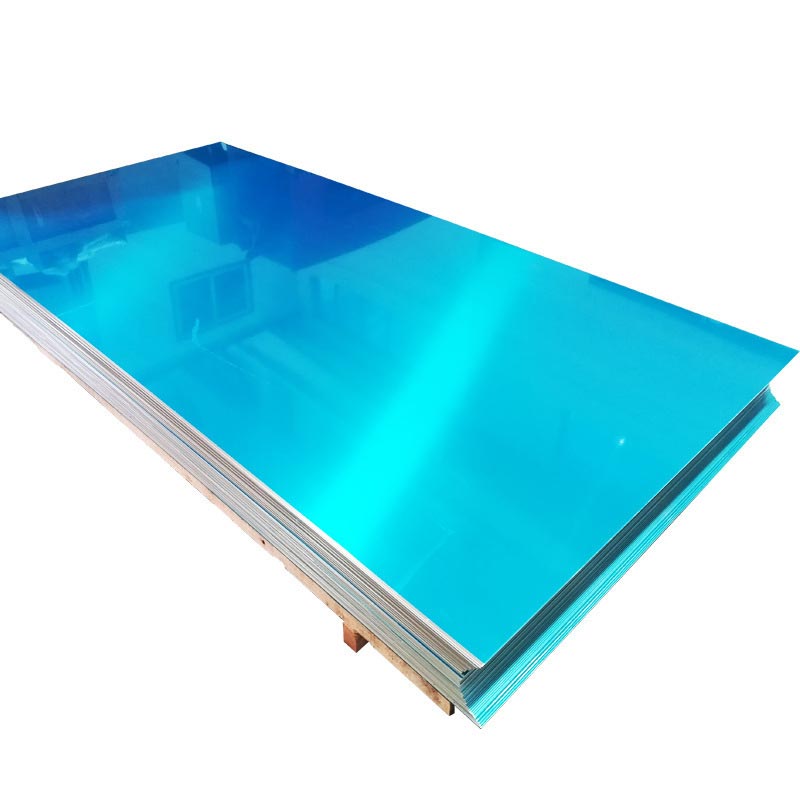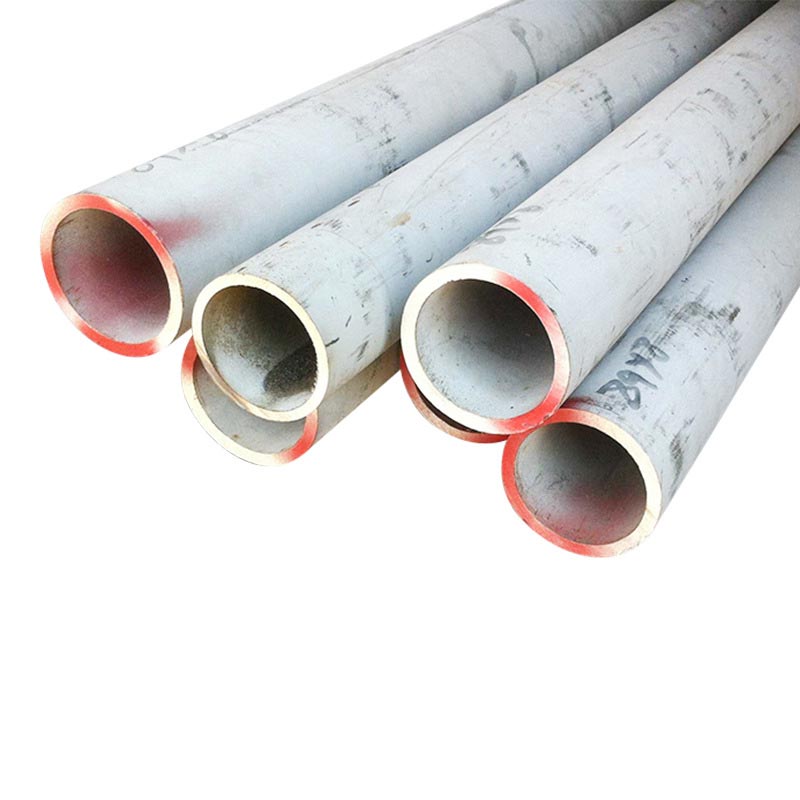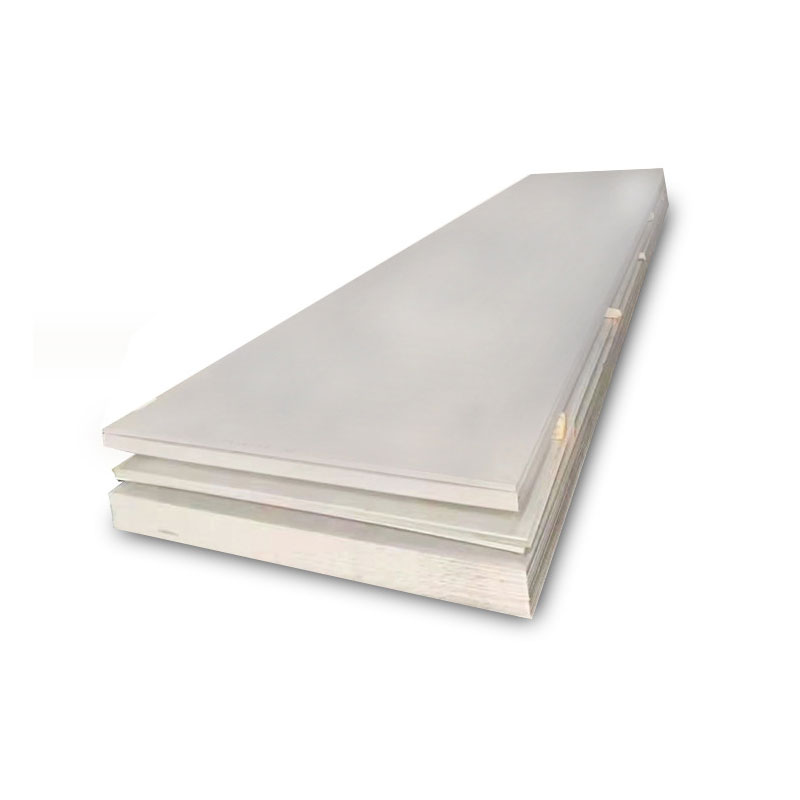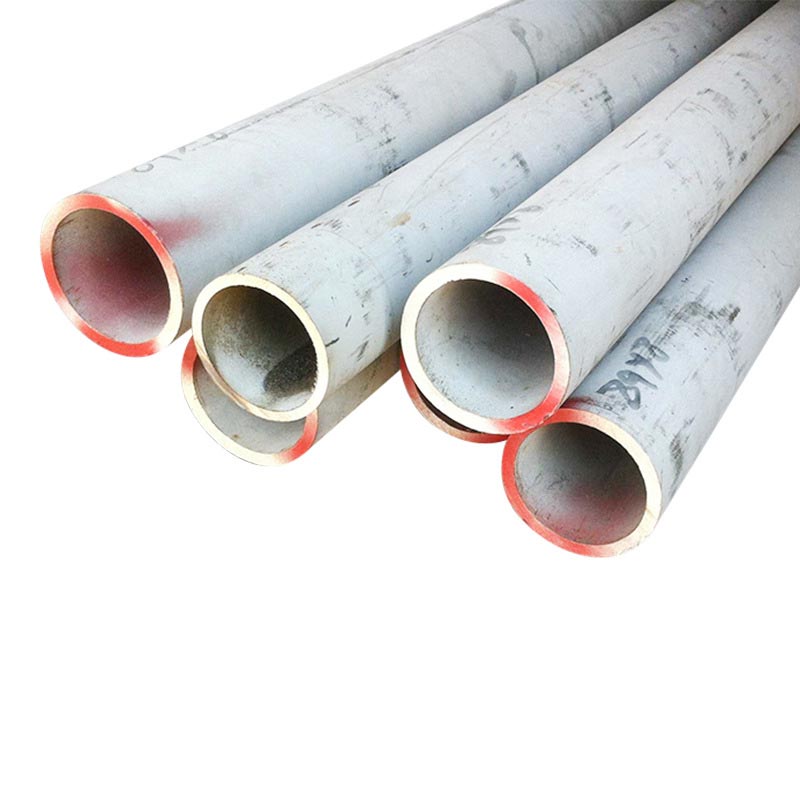Points to Note When Welding 2205 Stainless Steel Tube
Points to Note When Welding 2205 Stainless Steel Tube
What should be noted during the welding of 2205 Stainless Steel Tube connections? This type of welding material and base material are prone to oxidation during the TIG root welding process. Poor fluidity of the molten iron can adversely affect weld formation quality. The selection of welding materials, particularly the mastery of SA2205 stainless steel, is crucial. Below are key points to consider when welding 2205 Stainless Steel Tube:
The corresponding welding wire is ER2205. This wire has higher surface hardness than ordinary 308 welding wire. During welding, the wire joint should be kept within the gas protection zone of the ceramic nozzle as much as possible to prevent oxidation of the wire tip.
During groove butt welding, strictly control the root gap. For groove butt joints, the root gap should be maintained within 4mm, as excessive weld shrinkage occurs with this base material. For fixed joint welding reinforcement, bridge-type tack welding can be used, or fixed plates of the same material can be added to connect both sides of the groove.
When welding in position, control the gap for corner joints and manage the anti-deformation amount.
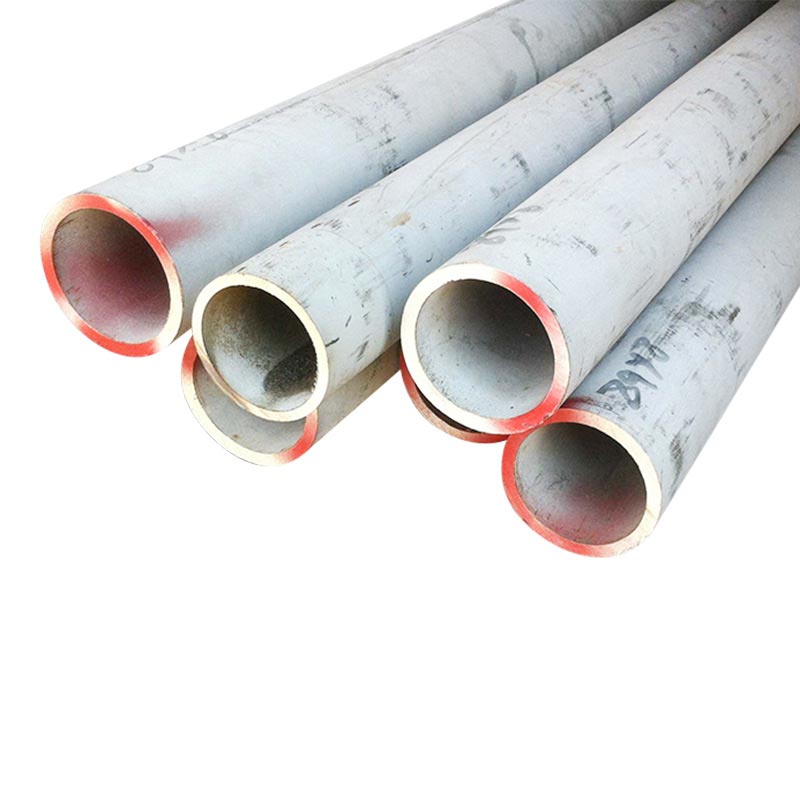
The welding gas flow rate should be higher than that for conventional stainless steel. 2205 Stainless Steel Tube exhibits welding characteristics similar to nickel-based alloys. After arc extinction, the protection should be maintained for 10 seconds to eliminate oxidation at the start and end of the joint.
When welding fillet weld positions and groove butt joints, the wire should be fed using a dot-feeding method to achieve high-temperature droplet transfer. Due to the high viscosity of the molten wire during welding of 2205 Stainless Steel Tube, weld formation relies on transfer molding.
The molten wire and pool are covered with an oil film that moves forward with the wire. After welding, this film must be brushed off. The added wire can easily cause defects due to oxidation during the filling process. For large fillet welds, use channel pressure welding only.
Avoid single-pass welds exceeding 8mm. Larger passes are prone to defects such as undercut. The poor fluidity of this welding material can exacerbate undercut. The dot-feeding method employs a linear technique: advance 2mm, pause to feed wire, then retract slightly. For root welding of 2205 Stainless Steel Tube grooves, repeat this wire feeding process. This ensures good formation within the weld bead.
Ensure full argon protection on the backside, and use dot-feeding for root welding. When welding past bypass points, cut off the fixed points. Then, heat the tack welds with an arc to prevent the arc from floating on the fixed points. After completing the groove root, brush the weld. This type of welding wire should only be used for filling and capping layers. Do not use manual welding, as the poor fluidity of the molten iron cannot adequately open the pool. Only floating welding can open the pool. If the weld cover width is too large, use pressure layer welding with no more than 3 passes.
- Degreasing Methods for Common 310S Stainless Steel Tubes
- Selection of Thickness for 316L Stainless-Steel Gutter
- What Are the Differences Between 201 and 304 Stainless Steel Profiles?
- What Challenges Arise When Cutting 304 Stainless Steel Sheet?
- How to Solve the Problem of Rust Spots on Stainless Steel Coils
- How to Increase the Service Life of Stainless Steel Tubes?


